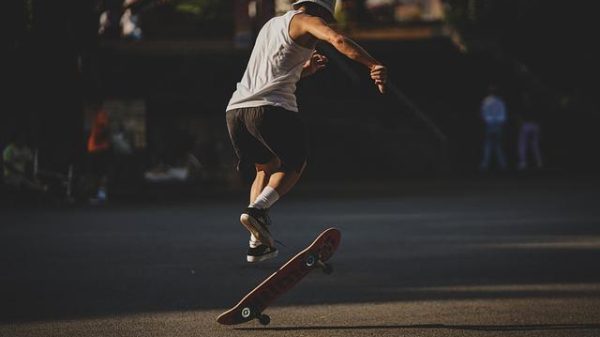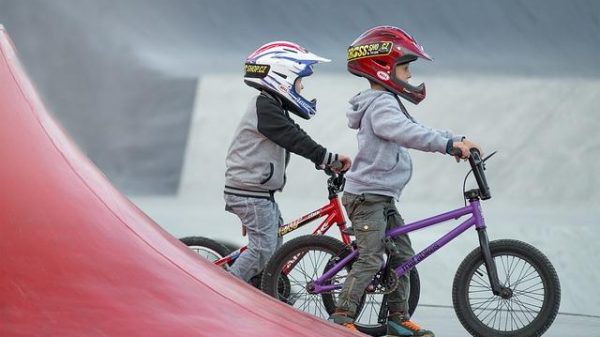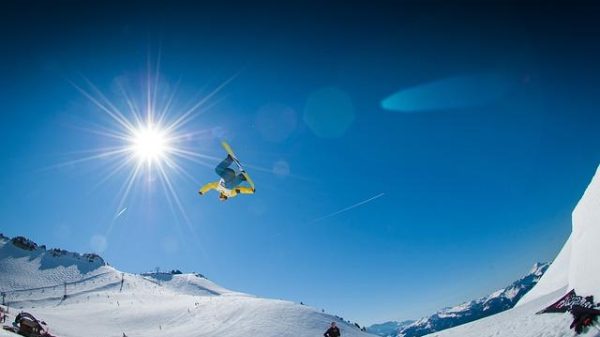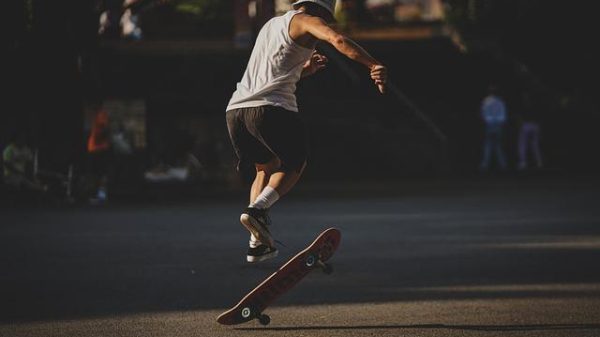Selecting the right skateboard size is a critical step for beginner skaters embarking on their journey into the world of skateboarding. While the vibrant culture and thrilling tricks may be enticing, the foundation of a successful skating experience begins with understanding the nuances of skateboard dimensions. This article delves into the analytical aspects of choosing the appropriate skateboard size, providing a comprehensive guide for novices eager to make informed decisions. By examining factors such as deck width, length, and wheelbase, as well as their relationship to a skater’s body type and intended style of skating, we aim to equip beginners with the authoritative knowledge necessary to enhance both their safety and performance on the board. Whether navigating the streets or mastering the skatepark, the right skateboard size is essential in facilitating a confident and enjoyable skating experience.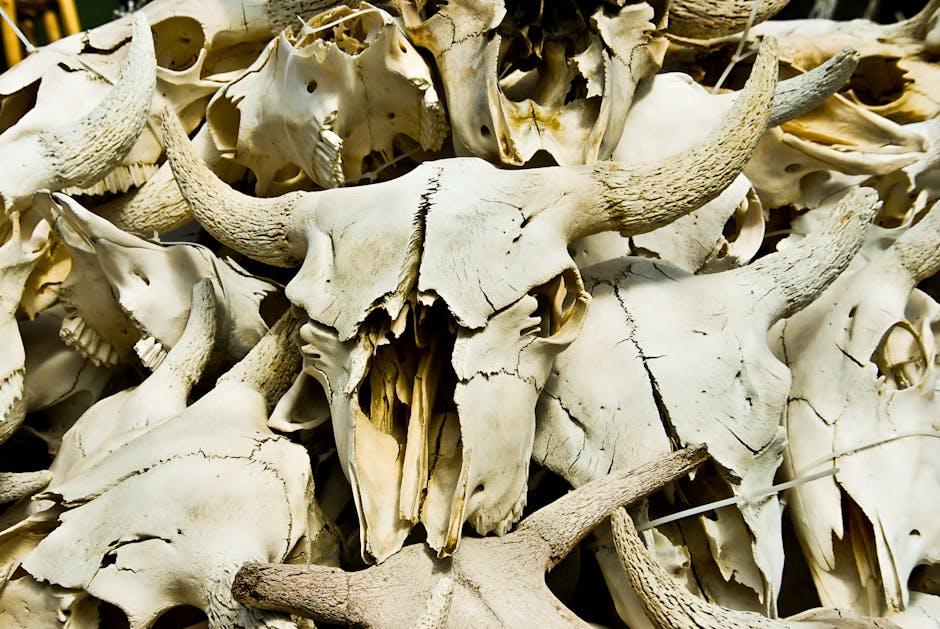
Understanding the Anatomy of a Skateboard
To make an informed choice when selecting a skateboard, it’s essential to familiarize yourself with its main components. A typical skateboard consists of several key parts, each playing a crucial role in the board’s performance. Understanding these elements will help you choose a size that aligns with your skating goals.
- Deck: The flat board you stand on. Decks vary in width, generally ranging from 7.5 to 8.5 inches. Beginners often start with a wider deck for stability.
- Trucks: The metal T-shaped pieces that attach to the underside of the deck. They affect how your board turns and handles.
- Wheels: Typically made of polyurethane, wheels come in different sizes and hardness levels, influencing speed and grip.
- Bearings: Small metal rings inside the wheels that allow them to spin. Quality bearings can enhance your ride smoothness.
- Grip Tape: The sandpaper-like layer on top of the deck, providing traction for your feet.
By understanding these components, you can better determine the ideal skateboard size that complements your physical stature and skill level. For instance, a larger deck offers more room for balance, which can be beneficial for newcomers. Choosing the right size is not just about comfort; it’s about optimizing your potential to learn and progress as a skater.
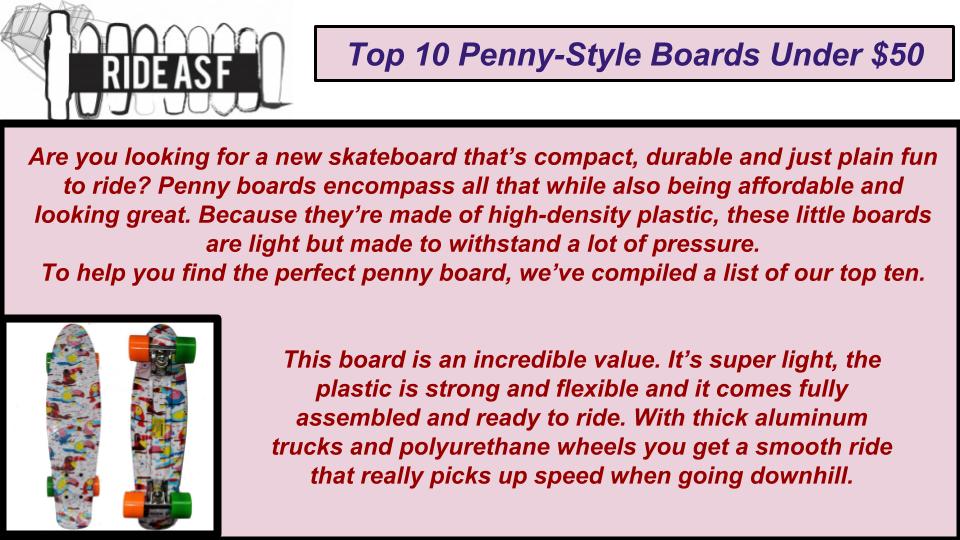
Determining the Ideal Deck Width for Beginners
When it comes to selecting the perfect skateboard deck width for beginners, it’s crucial to consider both the skater’s physical dimensions and their skating goals. A deck that’s too narrow can make balancing difficult, while one that’s too wide can be cumbersome for smaller skaters. As a rule of thumb, beginner skaters might find a deck width between 7.5″ to 8.25″ to be most accommodating. This range offers a good balance between stability and maneuverability, allowing new skaters to gain confidence as they learn the basics.
- 7.5″ to 8.0″ decks: Ideal for younger skaters or those with smaller shoe sizes. This width allows for easier flips and tricks, which is beneficial for those focusing on street skating.
- 8.0″ to 8.25″ decks: Suitable for skaters who prefer a bit more stability or are venturing into skateparks and ramps. This width provides a sturdy platform for learning foundational skills.
Choosing the right deck width is a critical first step in the skateboarding journey. It’s important to match the deck to the skater’s foot size and intended style of skating to ensure a comfortable and enjoyable experience.
Balancing Wheel Size and Truck Compatibility
Finding the sweet spot between wheel size and truck compatibility is crucial for a smooth and enjoyable skateboarding experience. Beginners often face challenges in achieving this balance, but with a few guidelines, it becomes manageable. The diameter of your wheels plays a significant role in how your skateboard feels and performs. Here’s a quick guide:
- Smaller Wheels (50-53mm): Offer better control and are ideal for street skating, allowing for easier tricks and maneuvers.
- Medium Wheels (54-59mm): Provide a balance of speed and control, suitable for beginners who wish to explore both street and park skating.
- Larger Wheels (60mm+): Best for cruising and vert skating, offering speed and stability but requiring compatible trucks.
Truck size must complement your wheel choice to avoid wheel bite and ensure stability. As a rule of thumb, the truck width should match the width of your deck, which typically ranges from 7.5 to 8.5 inches for beginners. Ensure your trucks are slightly wider than your wheels to provide adequate support and balance. Proper alignment between wheels and trucks not only enhances performance but also ensures safety, allowing new skaters to build confidence on their boards.
Tailoring Your Skateboard Choice to Personal Riding Style
Understanding your personal riding style is crucial when selecting the perfect skateboard. Whether you’re drawn to the fluid grace of cruising, the technical precision of street skating, or the aerial acrobatics of vert skating, the dimensions and features of your board should align with your aspirations and comfort level. For beginners, cruiser boards are an excellent choice due to their stability and ease of control, making them ideal for leisurely rides and long distances. Their wider decks and softer wheels provide a smooth ride on rough surfaces. If street skating piques your interest, opt for a standard skateboard with a width ranging between 7.5 to 8.5 inches, offering the versatility needed for tricks and stunts.
- Cruising: Look for wider decks and softer wheels for stability.
- Street Skating: A narrower deck allows for better maneuverability.
- Vert Skating: Consider a wider deck with a concave shape for enhanced control on ramps.
For those aspiring to conquer the ramps and half-pipes, vert boards are tailored with wider decks and a pronounced concave shape, facilitating better control and balance during high-speed maneuvers. It’s important to remember that each type of skating has its own set of demands, and your board’s size should not only complement your style but also accommodate your physical stature. A board that feels right underfoot can dramatically enhance your confidence and progression as you embark on your skating journey.





